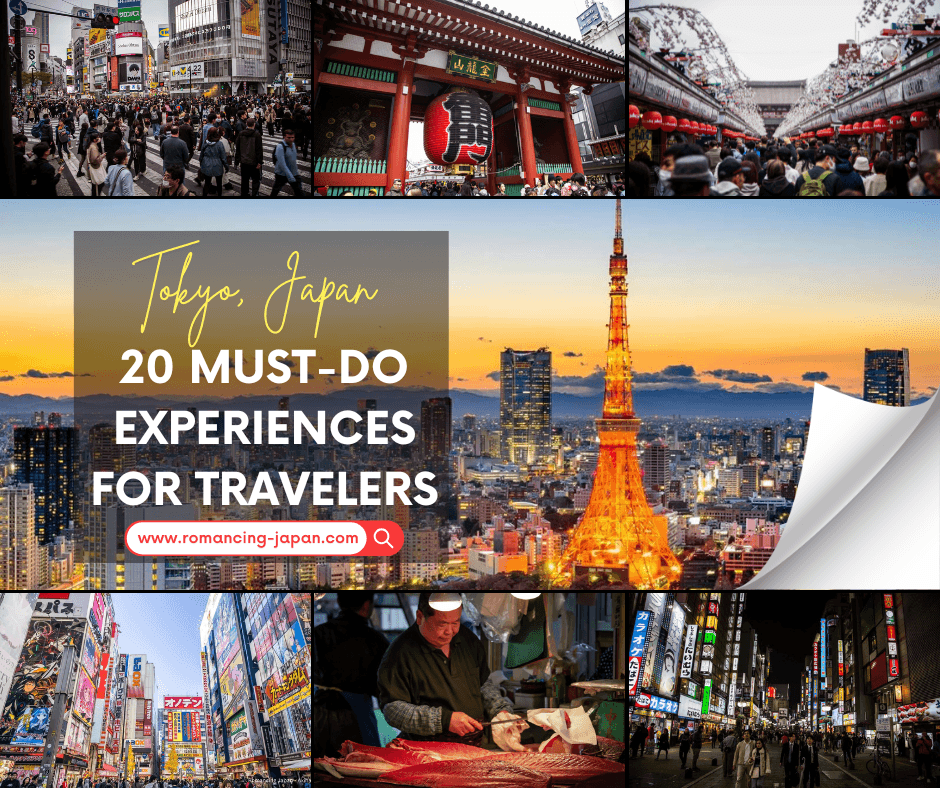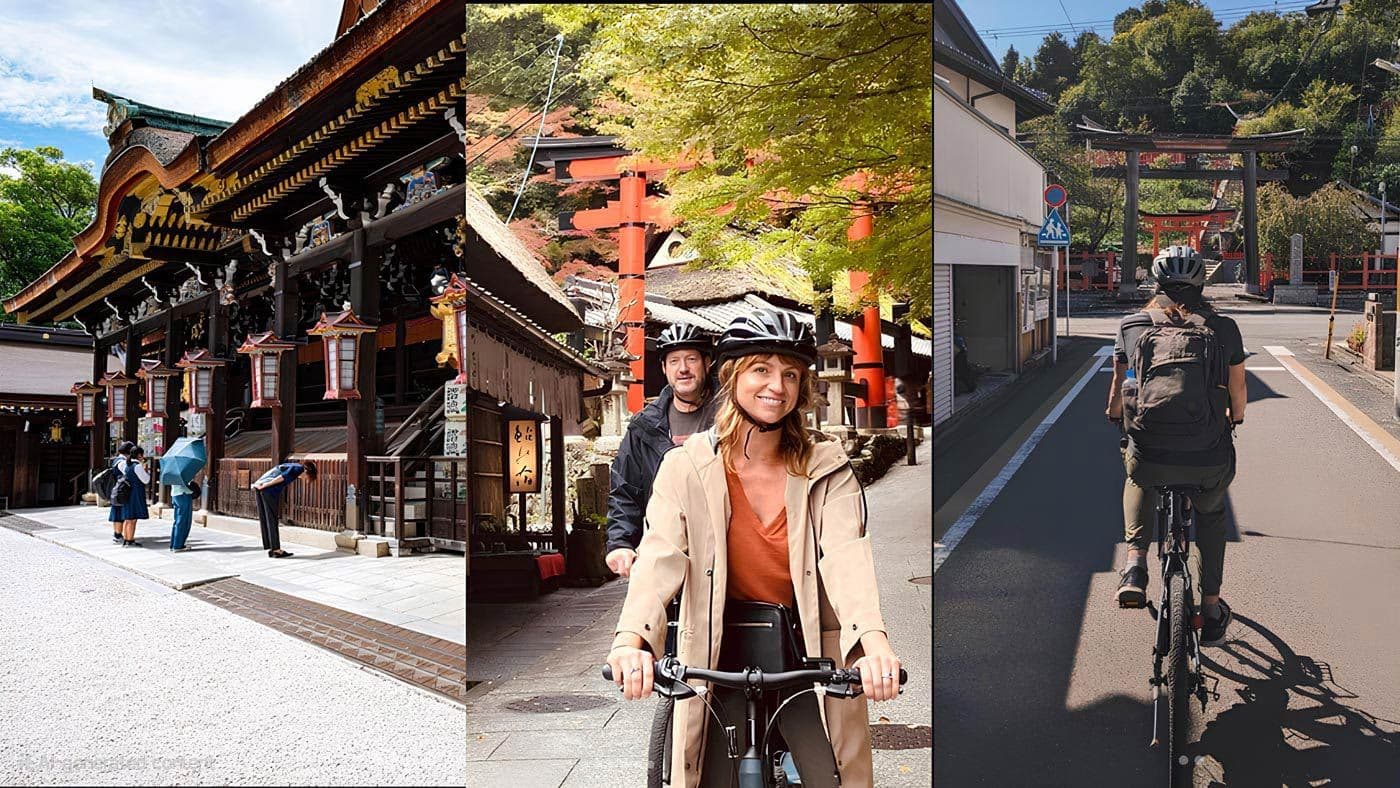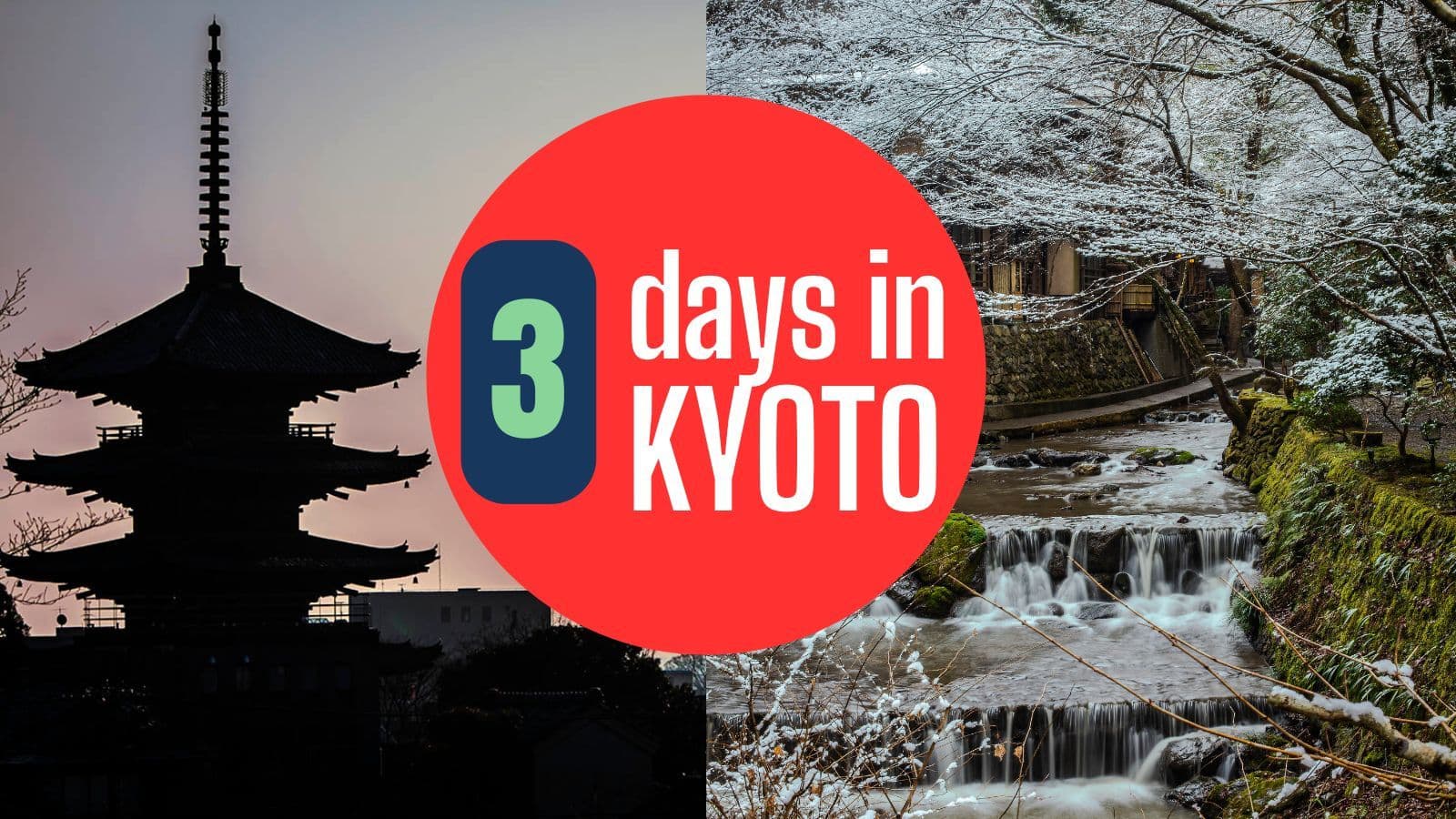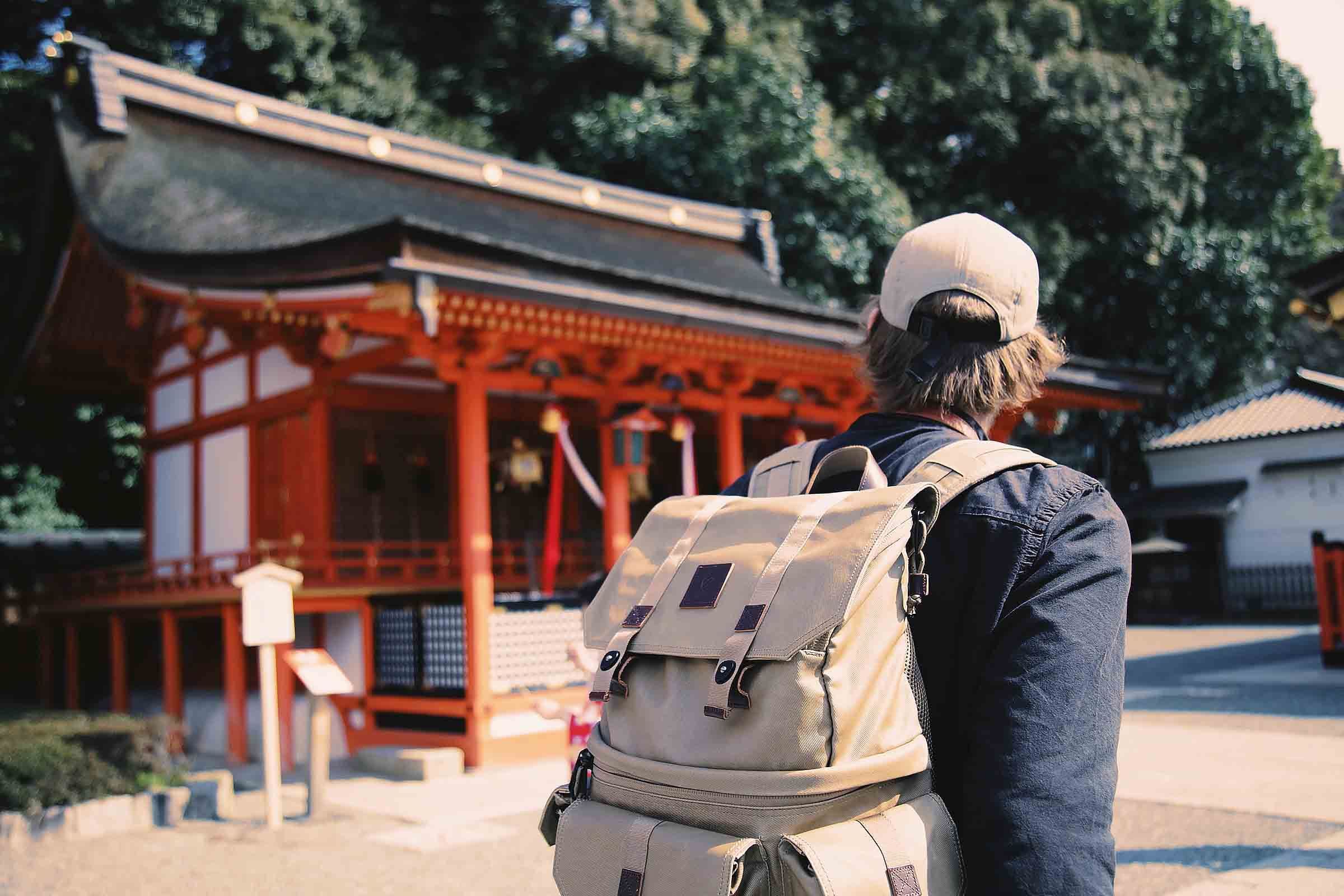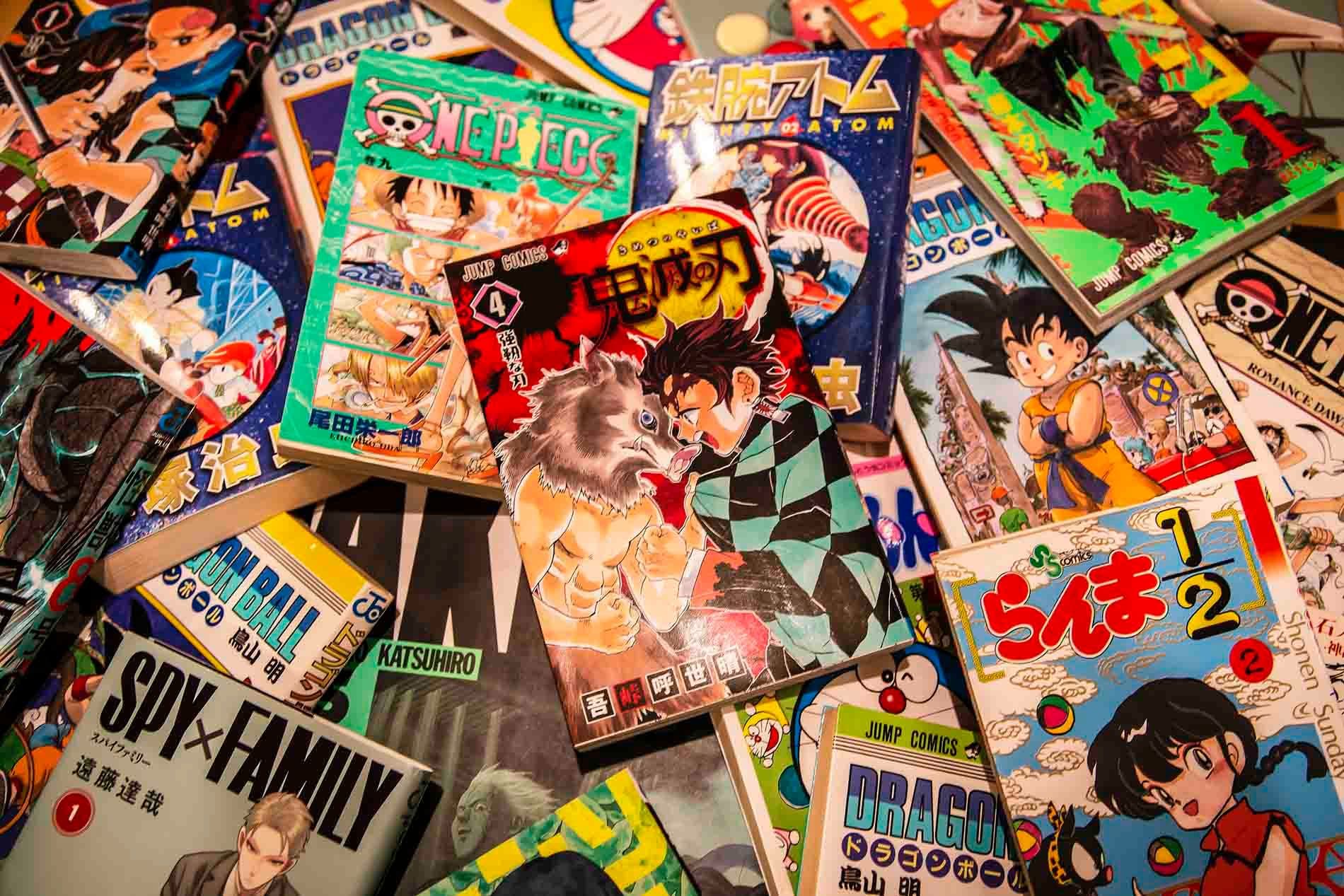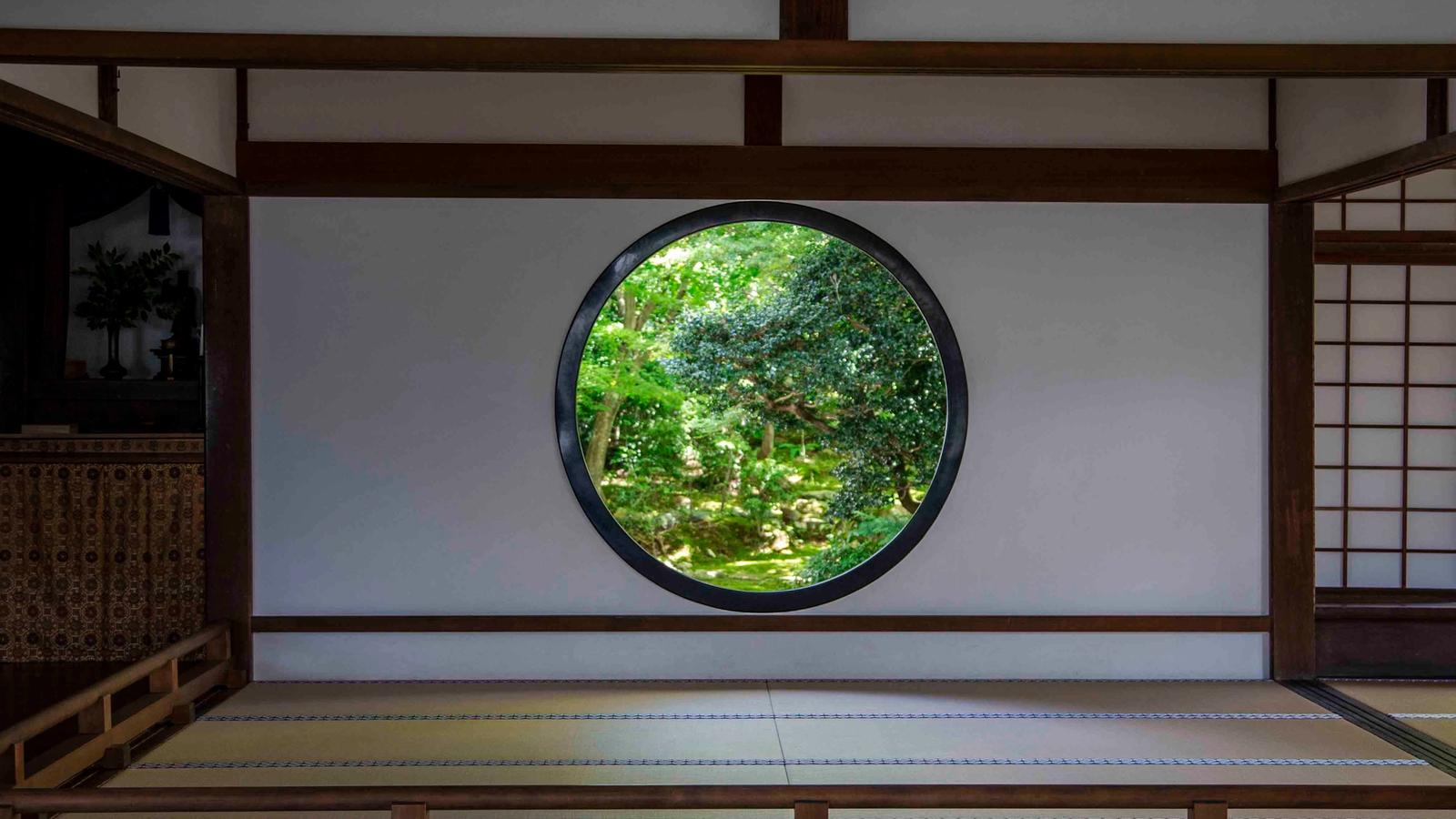
Genko-an Temple: Kyoto's Hidden Gem of Enlightenment
James Saunders-Wyndham

James Saunders-Wyndham
Table of contents:
Resting on a steeply sloped road on a hill in the northern suburb of Kita-ku, is a Kyoto hidden gem, Genko-an Temple. Hands down, this is one of my favorite Zen Buddhist sites in Kyoto. It offers an intimate look into Japan's medieval history, from the time of the 'warring states', and Zen Buddhist philosophy.
I genuinely love this Kyoto hidden temple! If you're looking to avoid the crowds and seeking a space of peace and reflection, this hidden gem is a must-visit. Genko-an is an iconic historical site in Kyoto, from its "Windows of Enlightenment and Confusion" to the haunting "Bloody Ceiling" and serene Zen Japanese garden.
Genko-an Temple's main hall houses two huge windows, each offering a distinct perspective on life and enlightenment.

The rectangular window is known as the "Window of Confusion" or Mayoi no mado. Its four corners symbolize the inevitable sufferings of human existence: birth, aging, sickness, and death.
The contrasting circular window is the "Window of Enlightenment," or Satori no mado. The window's perfect round shape represents the Zen concept of the universe and the idea of enlightenment—a state beyond worldly desires and attachments.
Both windows frame the same beautiful garden, yet each offers a different emotional and philosophical view. This design encourages visitors to consider how perspective shapes our understanding of life. The windows of Genko-an remind us that both states are part of the human experience.

Genko-an Temple holds a piece of history in its ceiling. In 1600, Fushimi Castle (also known as Momoyama Castle) became the site of a fierce battle. Torii Mototada and his 2,000 samurai defended the castle against an overwhelming force of 40,000 soldiers led by Ishida Mitsunari.

Facing defeat, Mototada and his remaining warriors chose to commit seppuku, ritual suicide, rather than surrender. To honor fallen samurai, the blood-stained Fushimi Castle floorboards were preserved as ceilings in several temples, including Genko-an. Looking up, you can still see the faint imprints of hands and feet stained in blood.


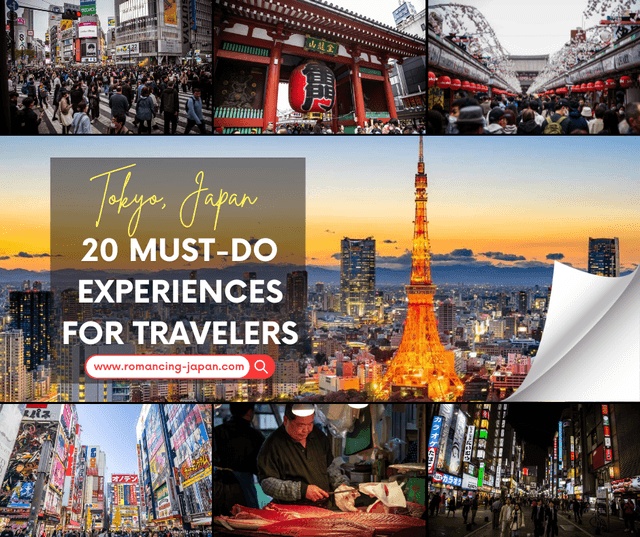
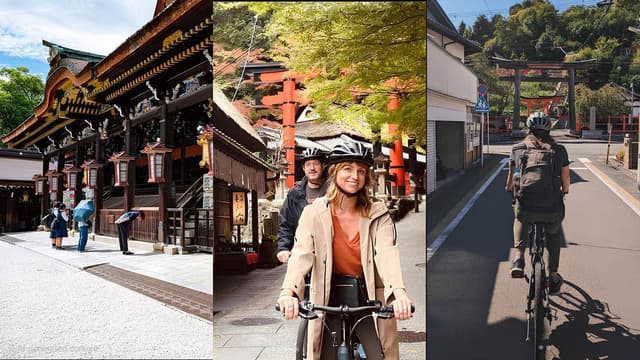
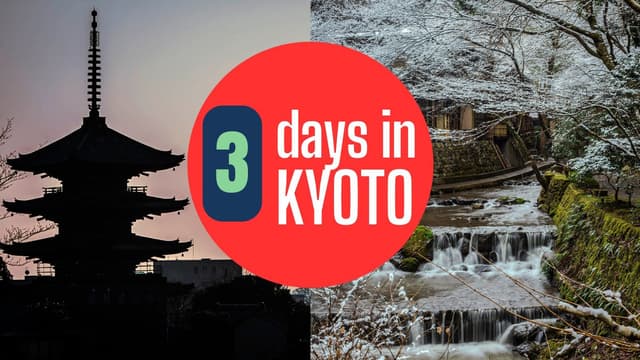

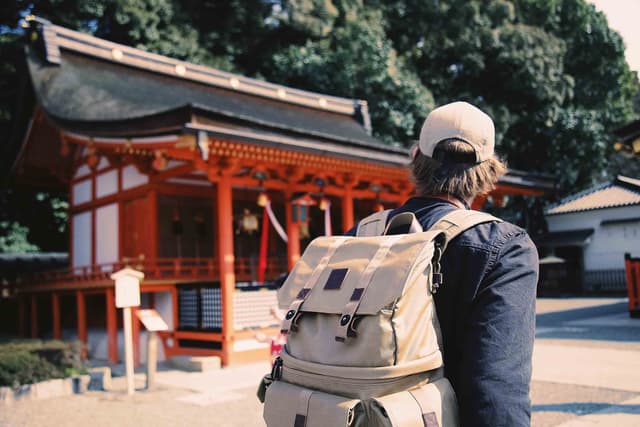
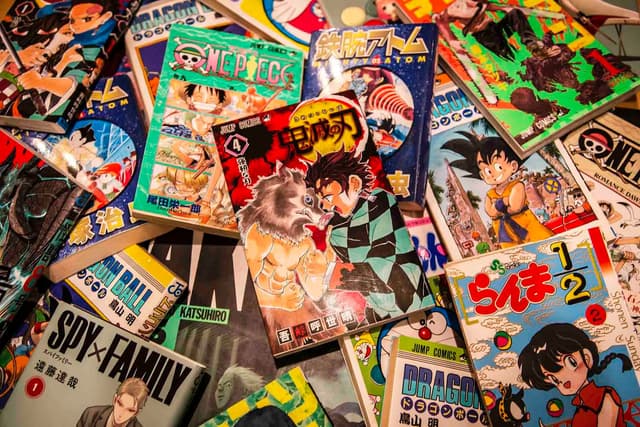
Stepping outside, you'll find yourself in a tranquil Zen Garden, or karesansui. This minimalist design is intentional, encouraging visitors to clear their minds and find peace in simplicity.
Genko-an Temple is famous in Kyoto for its view of autumn leaves. In November, the leaves turn into a tapestry of reds and oranges. I highly recommend photographers to get to Genkoan at this time for spectacular photos.
Genko-an's architecture reflects traditional Japanese design principles. The main hall, constructed in 1694 when the temple became part of the Soto sect of Zen Buddhism, features tatami flooring gently worn from visitors' feet.
The garden isn't designed to be viewed all at once. Instead, as you walk along the temple's pathways, new angles and scenes unfold before you.

Reaching Genko-an Temple is relatively straightforward. From Kyoto Station, take the Karasuma subway line to Kita-oji Station. From there, catch the Kita 1 bus to the Takagamine Genkoan-mae bus stop. The temple is just a short walk away, nestled in a quiet neighborhood that feels worlds away from the bustling city center.
📍 Genko-an Temple
📍 Address:
47 Takagamine Kitatakaminecho, Kita Ward, Kyoto, 603-8468
🎟 Admission Price:
⏰ Opening Hours:
9:00 AM - 4:30 PM
🚫 Closed Days:
Open all year
🔗 Official Website:
Visit HereIf you're planning to come to Kyoto, let me help you with some ideas of where to stay. These suggestions are closer to the north of the city for easy access to hidden-gems, like Genko-an Temple, in the north of the city.
Genko-an Temple is a peaceful hidden gem in Kyoto, famous for its two symbolic windows: the Window of Confusion (a square) and the Window of Enlightenment (a circle). These windows represent the journey of life and are especially beautiful in autumn when framed by red and gold leaves.
The temple is in northern Kyoto. You can get there by: - Bus: Take Kyoto City Bus #9 from Kyoto Station to Takagamine Genkoan-mae (about 40 minutes). - Subway + Bus: Take the Karasuma Line to Kitaoji Station, then bus #1, #M1, or #北3. - Taxi: A taxi from central Kyoto takes about 30-40 minutes.
Autumn (November): The best time! The maple trees turn brilliant shades of red and orange. Spring (April-May): Lush greenery makes the temple feel serene. Winter (December-February): If it snows, the view is magical & there are very few tourists. Summer (June-August): Greenery is nice, but it can be hot and humid.
About 30-45 minutes is enough to admire the windows, explore the tatami rooms, and soak in the peaceful atmosphere.
Yes, photography is allowed, but please be respectful and keep noise to a minimum. Flash is not recommended.
Loading Comments...

I've been immersed in Japanese culture and daily life for over 30 years and am proud to call Japan my home. Originally from Australia, my journey has taken me from teaching at Japanese universities to traveling extensively across the country, uncovering its hidden gems. As a web developer, I built Romancing Japan from the ground up to share these experiences with you. Whether it's the charm of old Kyoto, the pulse of Tokyo, or the tranquility of the countryside, I love helping others discover the magic of Japan—one story at a time.
